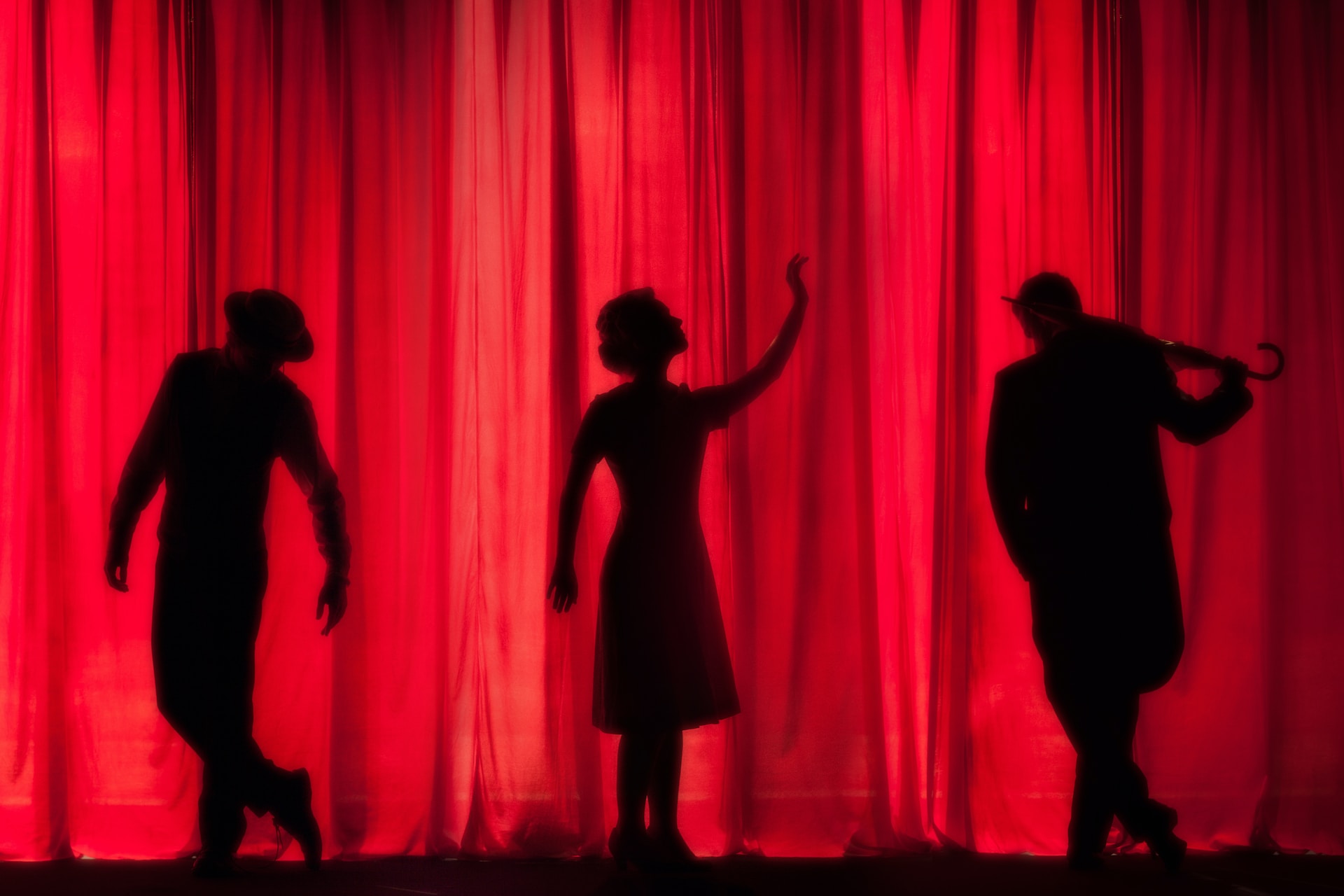On the Art of Creating Unforgettable Character Quirks
Picture this: you’ve just finished reading an incredible novel, and you can’t help but think about the characters long after you’ve closed the book. You laugh when you recall their unique habits, and you smile when you remember the way they spoke. What makes these characters linger in your mind? The answer is simple: character quirks.
In this blog post, we’ll delve into the world of character quirks, exploring what they are, why they’re important, and how to create them in a way that leaves a lasting impression on your readers. We’ll take a closer look at famous examples from literature, discuss different types of quirks, and provide tips for crafting truly unique and memorable characters. So grab your quill (or keyboard) and let’s dive into the fascinating world of character quirks!
What Are Character Quirks?
A good story has a cast of memorable characters, but what sets them apart from the ordinary? Character quirks are those delightful and sometimes peculiar traits that make fictional characters feel like real people. They can be physical, mental, or behavioral, and they serve to make your characters stand out, giving them depth and dimension.
Character quirks are more than just fun add-ons; they play a crucial role in storytelling. They reveal insights into a character’s personality, history, or motivations, making them relatable and unique. These quirks often create the most memorable moments in a story, and sometimes, they even become iconic in their own right.
To better understand character quirks, let’s take a look at a few famous examples from literature:
- Sherlock Holmes, the brilliant detective created by Sir Arthur Conan Doyle, is known for his exceptional analytical skills, but he’s also remembered for his unusual habits. Holmes is a skilled violinist who often plays when he’s deep in thought or feeling particularly moody, and he has a penchant for conducting chemistry experiments in his living room.
- Hermione Granger, one of the beloved characters from J.K. Rowling’s Harry Potter series, is a gifted witch and a fiercely loyal friend. However, her quirks are what make her truly endearing to readers. She’s a know-it-all who can’t resist correcting her friends’ grammar, and she has a habit of getting herself into trouble by sticking her nose into any mystery that comes her way.
These examples demonstrate how character quirks can elevate a character from merely interesting to truly unforgettable. Now that we have a better understanding of what character quirks are, let’s explore the different types of quirks and how to incorporate them into your own writing.
Types of Character Quirks
Character quirks come in various shapes and forms, adding layers to your characters and making them more dynamic. Let’s explore four primary types of character quirks: physical, behavioral, speech, and mental. Each type contributes to a character’s uniqueness, and when combined, they can create truly multidimensional personalities.
Physical quirks
Physical quirks are distinctive traits or features that set a character apart. They can be related to appearance, mannerisms, or even a character’s clothing choices. Here are a couple of examples from literature:
- Albus Dumbledore, the wise headmaster in J.K. Rowling’s Harry Potter series, is often seen wearing half-moon spectacles. These glasses not only emphasize his age and wisdom but also give him a distinctive, memorable look.
- Hagrid, another beloved character from the Harry Potter series, is known for his enormous size, bushy beard, and affinity for strange creatures. His physical quirks make him instantly recognizable and contribute to his larger-than-life personality.
Behavioral quirks
Behavioral quirks are unique habits or actions that a character exhibits. These quirks can provide insight into a character’s personality or even foreshadow future events in the story. Let’s look at some examples:
- Holden Caulfield, the protagonist in J.D. Salinger’s The Catcher in the Rye, is often seen wearing a red hunting hat. This hat symbolizes his desire to stand out and protect his innocence, and it serves as a constant reminder of his individuality.
- Jay Gatsby, from F. Scott Fitzgerald’s The Great Gatsby, is known for his enigmatic smile, which seems to hide a world of secrets. This behavioral quirk not only adds an air of mystery to the character but also serves as a clue to his true nature.
Speech quirks
Speech quirks encompass unique speech patterns, accents, or phrases that make a character’s dialogue stand out. These quirks can help to reveal a character’s background, culture, or personality. Here are two well-known examples:
- Yoda, the wise and powerful Jedi Master from the Star Wars universe, is famous for his distinctive speech pattern. By placing verbs and objects before the subject, Yoda’s speech adds an air of wisdom and intrigue to his character.
- Hodor, a gentle giant from George R.R. Martin’s A Song of Ice and Fire series, can only say one word: “Hodor.” This speech quirk adds depth to his character and eventually plays a crucial role in the story’s plot.
Mental quirks
Mental quirks are unique thought processes or attitudes that influence a character’s actions and decisions. These quirks can be endearing or frustrating, but they always add complexity to a character. Here are a couple of examples:
- Elizabeth Bennet, the quick-witted protagonist in Jane Austen’s Pride and Prejudice, is known for her sharp mind and strong opinions. Her mental quirks not only make her an engaging character but also drive the story’s central conflicts.
- Don Quixote, the delusional hero in Miguel de Cervantes’ classic novel, believes he is a knight-errant on a mission to revive chivalry. His mental quirks lead to humorous and tragic situations, creating a character that has captured readers’ imaginations for centuries.
By understanding the different types of character quirks, you can begin to craft more dynamic and memorable characters for your own stories. In the next section, we’ll offer tips and tricks for creating unique character quirks that will leave a lasting impression on your readers.
Creating Unique Character Quirks: Tips and Tricks
Developing one-of-a-kind character quirks can be a fun and rewarding process. With the right approach, you can create characters that will captivate your readers and make your story truly unforgettable. Here are some tips and tricks for crafting compelling character quirks:
Draw inspiration from real life
Real people are a treasure trove of idiosyncrasies, mannerisms, and speech patterns. Observing the people around you or even reflecting on your own quirks can provide a wealth of inspiration for your characters. Don’t be afraid to borrow from life—just remember to tweak and blend these quirks to create something fresh and unique.
Combine quirks for added complexity
By mixing and matching different types of quirks, you can create multidimensional characters that feel more like real people. For example, a character with a physical quirk (such as a distinctive limp) might also have a behavioral quirk (like constantly fiddling with a lucky coin). This blending of quirks adds depth and nuance to your characters, making them more engaging and memorable.
Ensure quirks are relevant to the character’s backstory and personality
While it’s tempting to give your characters an array of quirky traits just for the sake of being unique, it’s important to ensure that these quirks are grounded in the character’s backstory and personality. A character’s quirks should feel like a natural extension of who they are, rather than arbitrary additions. Consider how a character’s past experiences, upbringing, or environment might have influenced their quirks and habits.
For example, a character who grew up in poverty might have a habit of hoarding food, while a character who was raised in a strict, formal household might be overly concerned with proper etiquette. By grounding your characters’ quirks in their backstory, you not only create consistency and coherence but also add depth to their personalities.
Now that you’re equipped with tips and tricks for crafting unique character quirks, it’s time to address some potential pitfalls, such as quirk overload and stereotypes. In the next section, we’ll explore how to strike the right balance and ensure your quirks serve a purpose in your story.
Avoiding Quirk Overload and Stereotypes
While character quirks can undoubtedly enhance your storytelling, it’s essential to strike the right balance and avoid common pitfalls. In this section, we’ll discuss how to prevent quirk overload, steer clear of stereotypes, and ensure that your character quirks serve a purpose in your story. If you fear your writing suffers from cliches or stereotypes, you can also consult a sensitivity reader.
Striking the right balance between quirky and believable
While an abundance of quirks can make a character stand out, too many quirks can create a caricature rather than a believable, relatable character. The key is to strike the right balance between quirky and authentic. Be selective when incorporating quirks into your characters, and focus on those that add depth, reveal personality, or drive the plot forward.
Steer clear of clichés and overused quirks
In your quest to create unique and memorable characters, it’s crucial to avoid clichés and overused quirks. While some quirks may have been charming or innovative at one time, they can quickly lose their appeal when they become commonplace. To keep your characters fresh and engaging, steer clear of familiar tropes and strive for originality.
For example, the “manic pixie dream girl” archetype, often seen in literature and film, is characterized by her quirky behavior, unconventional style, and free-spirited nature. While this character type may have been novel at first, it has become a cliché and should be avoided or reimagined to create a more authentic and unique character.
Ensure quirks serve a purpose in the story
The most impactful character quirks are those that serve a purpose in your story. Whether they reveal a character’s motivation, foreshadow future events, or create conflict, meaningful quirks can elevate your storytelling and leave a lasting impression on your readers.
When crafting character quirks, ask yourself how they contribute to your story’s overall narrative. If a quirk doesn’t serve a purpose or feels superficial, consider revising or removing it to create a more cohesive and engaging character.
By avoiding quirk overload, clichés, and stereotypes, you can create well-rounded, believable characters that will captivate your readers and make your story truly unforgettable. With the tips and insights provided in this blog post, you’re well on your way to crafting memorable character quirks that will leave a lasting impression.
Remember to draw inspiration from real life, combine quirks for added complexity, and ensure your quirks are grounded in your characters’ backstories and personalities. By striking the right balance between quirky and believable, you can create characters that will captivate your readers and make your story truly unforgettable.
Now that you’re equipped with the knowledge and tools to craft compelling character quirks, it’s time to put them into practice. So pick up your pen (or open your laptop) and start breathing life into your characters with intriguing quirks. Happy writing!

